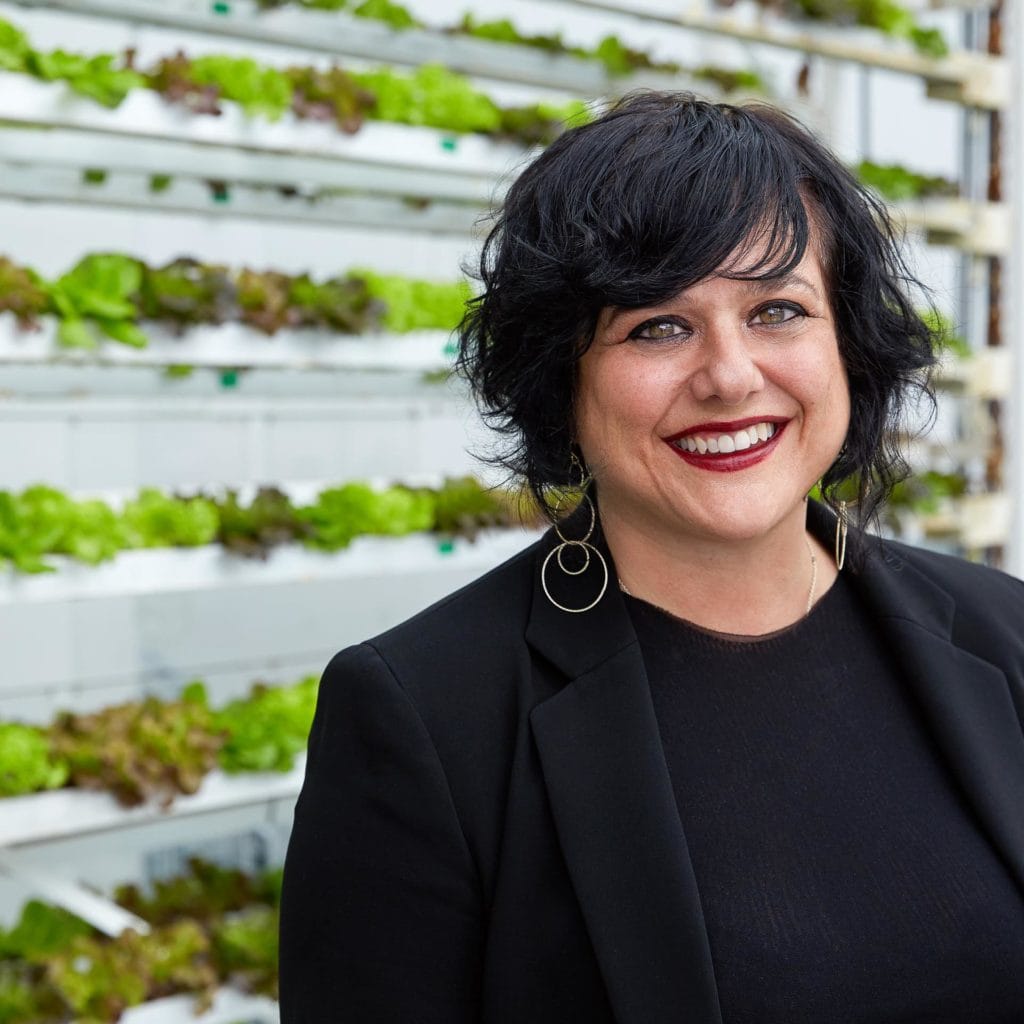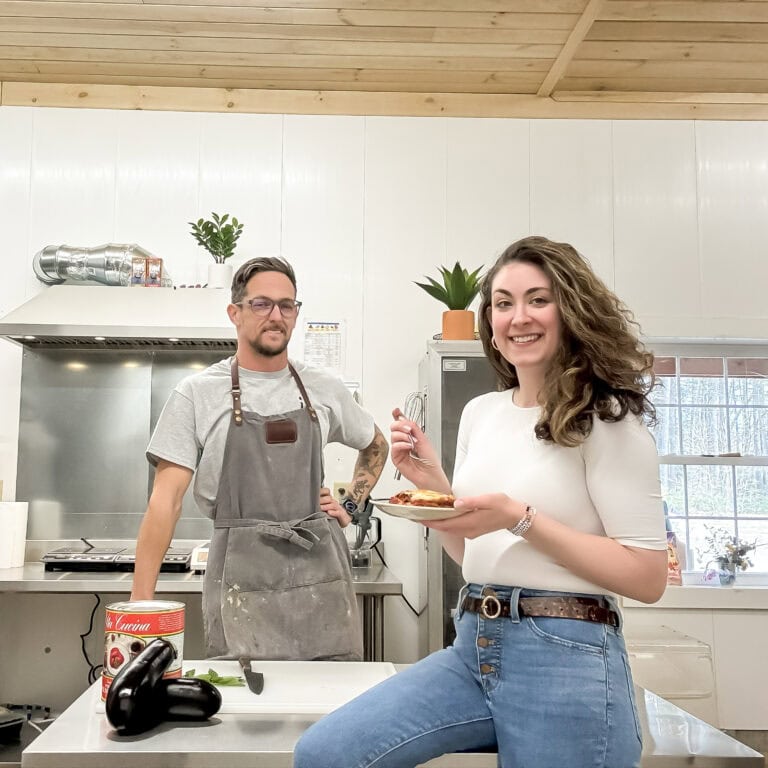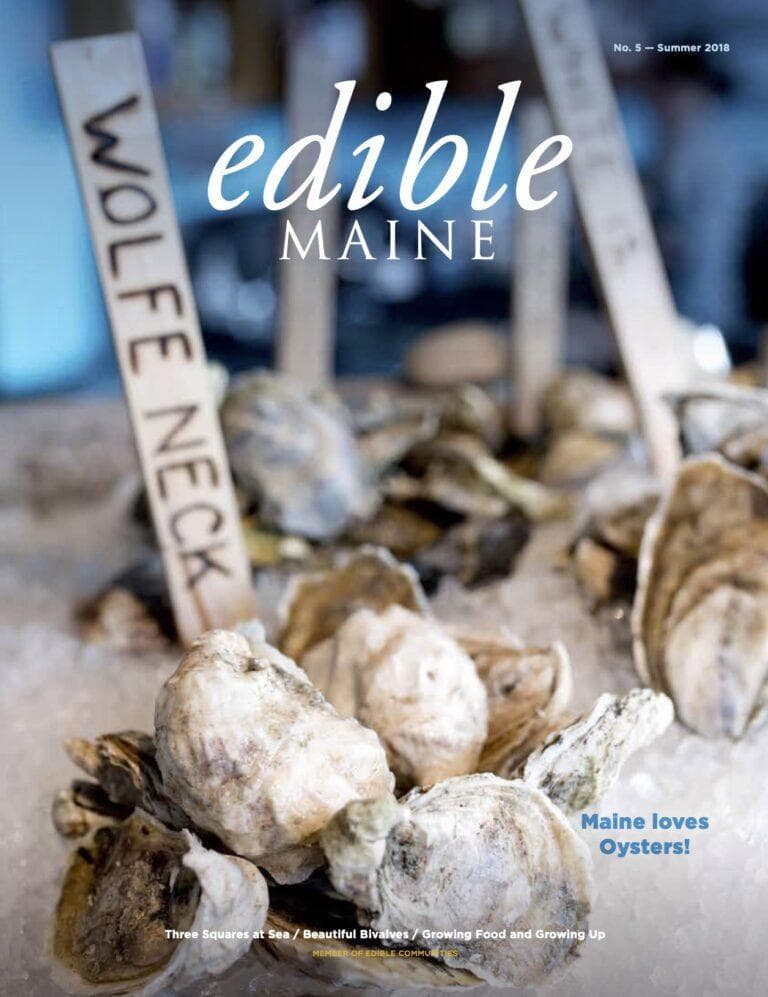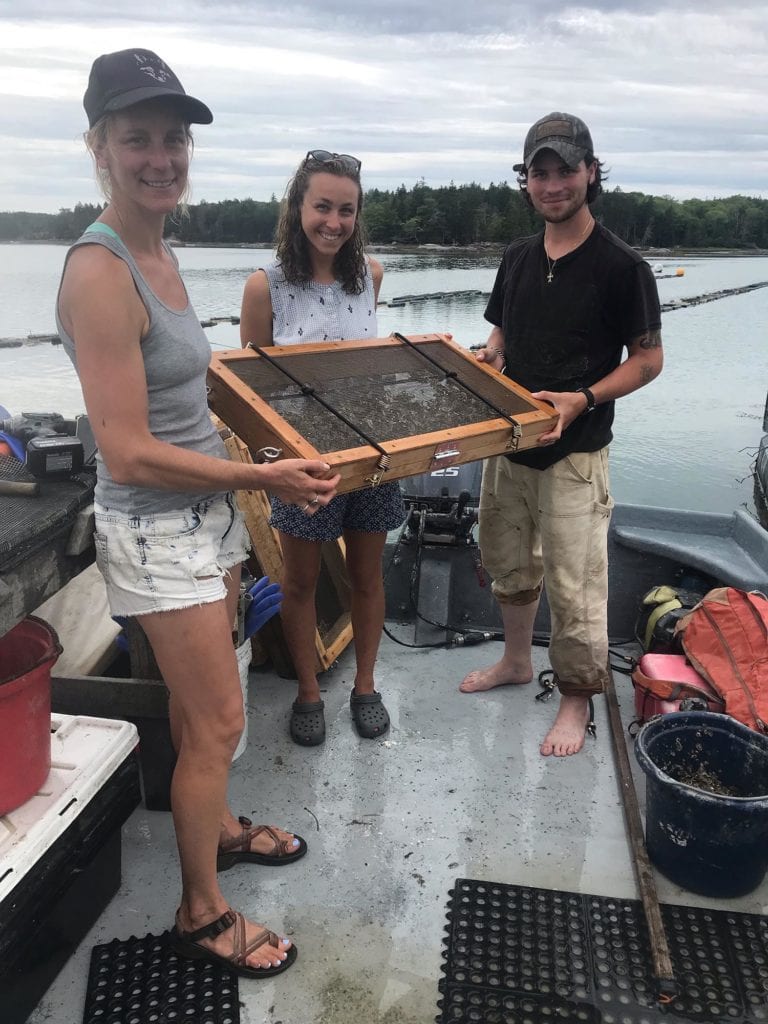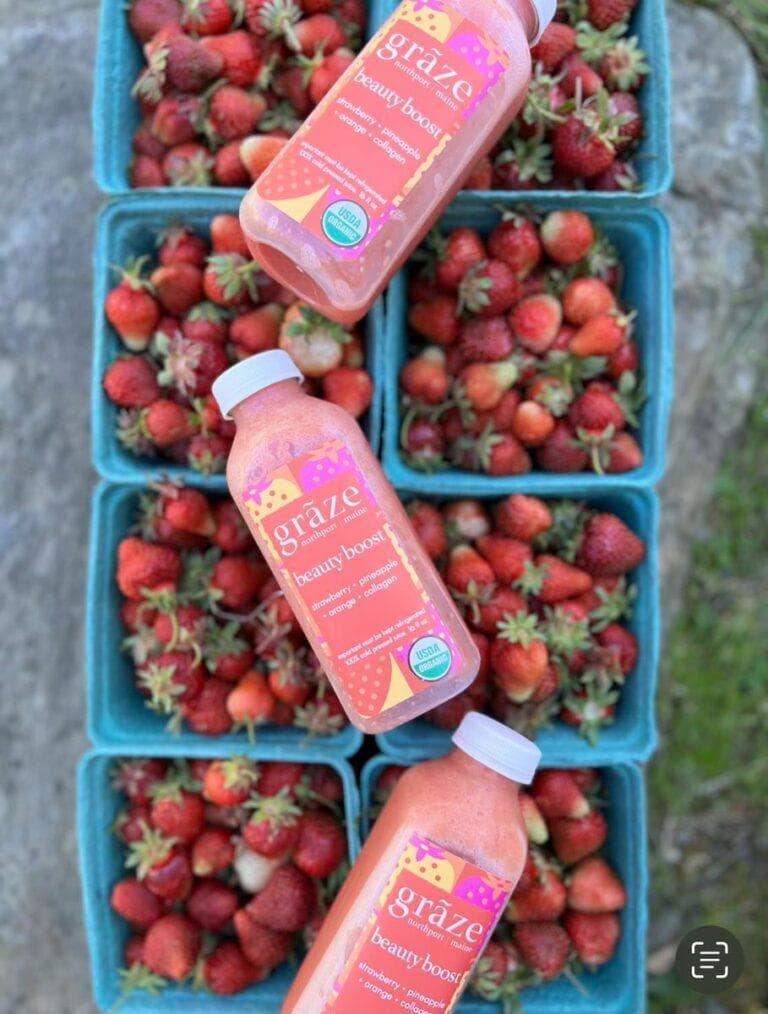Imagine looking upwards to pick the lettuce for a BLT, the tomatoes for a Caprese salad, or the basil for a batch of pesto. Now imagine you’re doing this inside, in the dead of winter. You are imagining yourself inside a vertical farming facility.
While vertical farming has been around since King Nebuchadnezzar II built the Hanging Gardens of Babylon in 600 B.C., 21st-century vertical farmers use controlled-environment agriculture technology to manipulate light, temperature, atmosphere, water and nutrient flow, and humidity to optimize plant growth on rotating crop carousels standing as high as 20 feet tall. Vertical farming is both lauded as a means for bringing year-round cultivation of fresh vegetables closer to urban centers and decried as an energy-intensive decoupling of food production from the wonders of natural ecosystems.

Modern vertical farms ground their crops in one of three types of systems: aeroponics (plants are grown in air with a mist providing nutrients), hydroponics (plants are grown in water infused with nutrients), or aquaponics (plants are grown in water populated with fish whose biowaste provides nutrients). Vertical farmers say any of these methods give plants the nutrients they need to grow without soil and use 95% less water than dirt farming.
Vertical Harvest, a company based in Jackson, Wyoming, is breaking ground this winter for a vertical farming facility in Westbrook in partnership with the city’s government. Co-founder Nona Yehia says her company gravitated to southern Maine because it has “a burgeoning local food community that’s really established and really exciting.”
As it does in its 10-year-old facility in Wyoming, Vertical Harvest plans to employ a hydroponics system and a partial greenhouse glass design in the new 70,000-square-foot farm to be located on Mechanic Street. Yehia estimates this farm will employ 50 people and produce a million pounds of lettuces, petite greens, microgreens and edible flowers per year. In addition to selling wholesale to hospitals, corporate cafeterias, schools, chefs, and caterers through distributor Native Maine, the company expects the Westbrook facility to have retail market space to sell its produce directly to consumers.
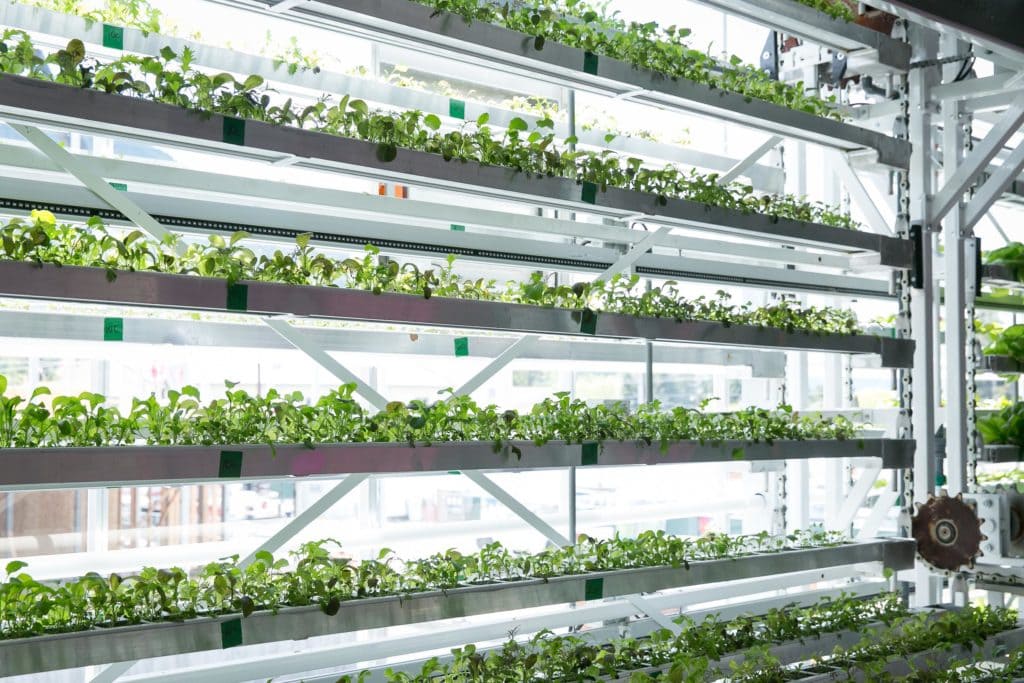
The design—a collaboration between Maine-based architecture and engineering firm Harriman and Jackson-based GYDE Architects where Yehia is a partner—lets natural light flow into the operation, giving the company the option of growing a diversity of crops. Yehia says this model can better sustain a local population; she notes,
“You can’t feed a community on lettuce alone.”
Her company’s mission is as much about the people as it is about the produce, as she strives to create “nourishing, resilient, and consistent employment opportunities through hyper-localizing the food system.”
Yehia doesn’t view vertical farming as a threat to traditional soil farming, but as an alternative means of empowering urban communities to help produce some of their own nutritionally dense, healthy food. Sustainable communities are successful ones, she says.


